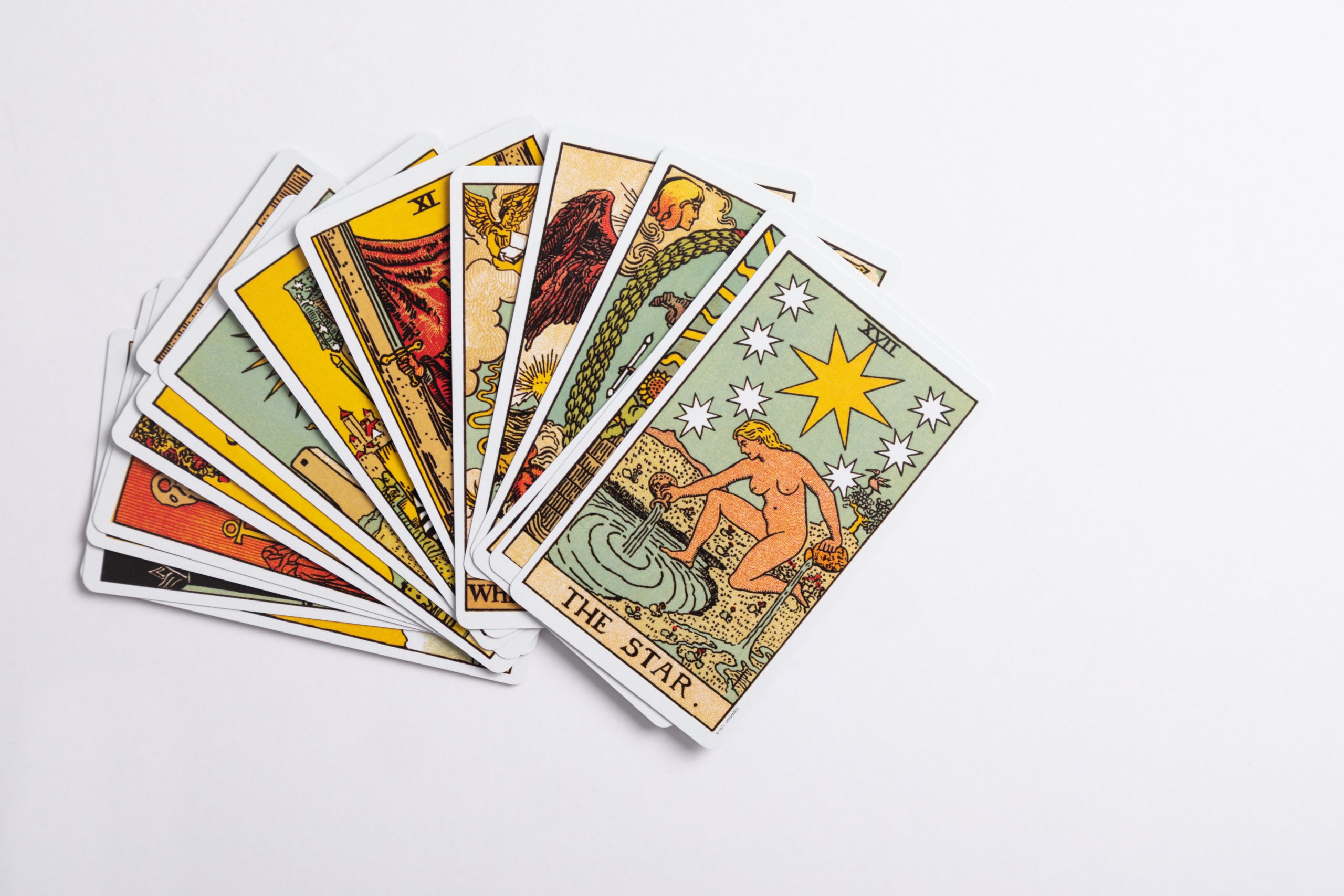The Significance and Symbolism of the Crescent Moon in Islam
Islam is a religion embraced by over 1.8 billion people in the world, making it the second-largest religion globally. Among the many symbols associated with Islam, the crescent moon holds a special place. This unique symbol is seen on flags, mosques, religious jewelry, and even in architectural designs. In this blog post, we will explore the history, significance, and symbolism of the crescent moon in Islam.
The Historical Connection
The connection between Islam and the crescent moon dates back to the time of Prophet Muhammad (peace be upon him). Historical records show that the crescent moon was already a symbol in use during the pre-Islamic period in the Arabian Peninsula. However, its prominence rose with the advent of Islam.
The use of the crescent moon as a symbol of Islam can be traced back to the influence of various cultures in the region. The Byzantines, for example, used the moon symbol in their religion and military insignia, and under Islamic rule, some found their way into the Islamic world.
It is important to note that while the crescent moon has a historical connection with Islam, it is not explicitly mentioned in the Quran, the Islamic holy book. Instead, the Quran focuses on the importance of the moon as a celestial body and its role in marking the lunar calendar.
The Significance of the Crescent Moon in Islam
The crescent moon holds several significant meanings in Islam, including the following:
- Celestial Calculation: The lunar calendar is followed in many Islamic rituals and practices. The sighting of the crescent moon marks the beginning and end of each Islamic month. Muslims typically look for the sighting of the crescent moon to determine the start of important occasions, such as Ramadan and Eid.
- Symbol of Time: The moon’s cyclical nature symbolizes the passage of time and the repeating nature of life. Muslims believe that time is a gift from Allah, and the crescent moon serves as a reminder of the importance of managing time effectively and making the most of one’s life on Earth.
- Symbol of Hope: Just as the moon goes through phases, from a slender crescent to a full moon and back, it symbolizes the journey of life, with its ups and downs. The crescent moon serves as a reminder that even during difficult times, there is always hope for a new beginning, just as the moon starts its cycle anew.
- Symbol of Unity: The crescent moon is often used as a unifying symbol for Muslims worldwide. It is displayed on flags of predominantly Muslim countries and serves as a visual representation of their shared religious identity and unity.
- Symbol of Wisdom: In Islamic teachings, the moon is often associated with wisdom and knowledge. Just as the moon illuminates the darkness of the night, knowledge and wisdom are believed to dispel ignorance and bring enlightenment to believers. The crescent moon represents the pursuit of knowledge and the importance of education in the Islamic faith.
- Symbol of Beauty: The crescent moon’s elegant shape and gentle glow are often regarded as symbols of beauty in Islamic art and culture. Its portrayal in calligraphy, paintings, and decorative motifs adds an aesthetic touch to various aspects of Islamic architecture and design.
Symbolic Depictions and Usage
Throughout history, the crescent moon has been depicted in various ways and used in different contexts in Islamic art and culture. Here are a few notable examples:
| Islamic Architecture | Mosques | Religious Jewelry |
|---|---|---|
| The crescent moon is often incorporated into the architectural designs of mosques, especially on domes and minarets. Its inclusion represents the faith’s influence on the architectural heritage of historically Islamic regions. | The tops of many mosque minarets feature crescent moon motifs. This placement symbolizes the importance of the moon in marking the call to prayer, which resonates with the surrounding Muslim community. | Crescent moon symbols are commonly seen on Islamic jewelry. Necklaces, rings, and bracelets often incorporate the elegant shape to represent faith and unity among Muslim believers. |
The Crescent Moon and Cultural Diversity
It is worth noting that while the crescent moon is primarily associated with Islam, it does not represent all aspects of the religion. Islam is a diverse faith, encompassing a wide range of cultures and traditions, each with its unique symbols and practices.
The crescent moon’s association with Islam varies across different regions and communities. For some, it holds great significance and plays an integral role in their religious and cultural expressions. For others, while respected, it may not hold the same level of importance.
Conclusion
The crescent moon’s significance and symbolism in Islam highlight the multifaceted nature of the faith. Although not explicitly mentioned in the Quran, its historical connection and various meanings make it an iconic symbol. From its role in celestial calculation to its representation of hope, unity, wisdom, and beauty, the crescent moon serves as a powerful emblem for Muslims worldwide.
As with any symbol, it is important to understand the context and diverse interpretations associated with the crescent moon in Islam. Whether it serves as a reminder of time’s passing, a call to prayer, or a reflection of cultural identity, the crescent moon stands as a unifying symbol within the Islamic faith.
Table of Contents
